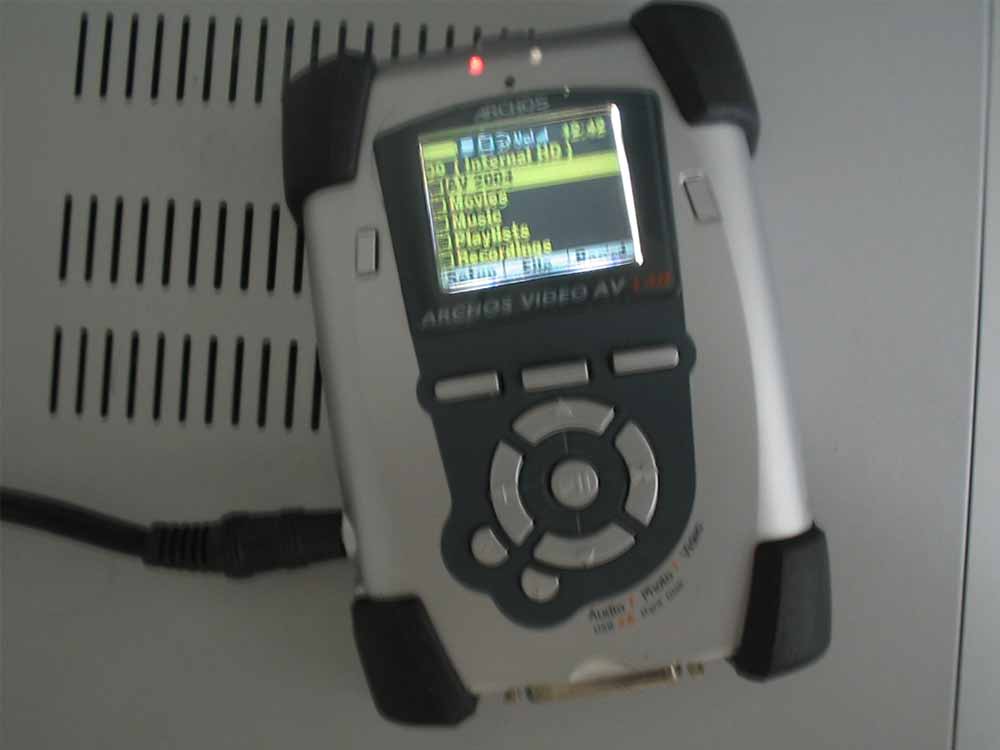The Evolution of MP3: A Decade of Digital Music Revolution
MP3, the digital audio format that revolutionized the music industry, experienced significant developments and transformations in the early 2000s. From its humble beginnings to its widespread adoption and the emergence of new technologies, the story of MP3 is a testament to the power of innovation and the changing landscape of digital media.
The Birth of MP3: A Game-Changer in Digital Music
Origins of MP3
MP3, short for MPEG-1 Audio Layer III, was developed in the late 1980s and early 1990s as part of the MPEG (Moving Picture Experts Group) standard for digital audio compression. Engineers at the Fraunhofer Institute in Germany played a key role in refining the MP3 format, which was designed to compress audio files while preserving sound quality.
Rise of Digital Music
In the early 2000s, the internet became a catalyst for the widespread adoption of MP3 technology. With the advent of high-speed internet connections and the proliferation of digital music players, consumers began to embrace MP3 as a convenient and portable way to listen to music. Online platforms like Napster, Kazaa, and LimeWire facilitated the sharing and distribution of MP3 files, fueling the growth of digital music consumption.
Challenges and Controversies in the MP3 Era
Copyright Concerns
The popularity of MP3 technology raised concerns among record labels and artists about copyright infringement and revenue loss. The ease of copying and sharing MP3 files over the internet made it difficult for rights holders to control the distribution of their music and protect their intellectual property. Legal battles between file-sharing platforms and the music industry ensued, leading to the shutdown of some services and the imposition of stricter copyright enforcement measures.
Quality vs. Convenience
While MP3 offered unparalleled convenience for consumers, some audiophiles criticized the format for its lossy compression, which sacrificed sound quality for smaller file sizes. This led to debates about the trade-offs between audio fidelity and file size in the digital music landscape. Despite these criticisms, MP3 remained the dominant format for digital music consumption due to its widespread compatibility and ease of use.
The MP3 Renaissance: Adaptation and Innovation
Evolution of MP3 Players
In the early 2000s, the market for MP3 players exploded with the introduction of devices like the iPod, which offered sleek designs, intuitive interfaces, and large storage capacities. Apple’s iPod, coupled with its iTunes platform, played a significant role in popularizing MP3 technology and transitioning consumers away from physical media formats like CDs.
Streaming Revolution
The rise of streaming services in the mid-2000s marked a new chapter in the evolution of digital music. Platforms like Pandora, Spotify, and later, Apple Music and YouTube, offered consumers access to vast libraries of music without the need for downloads or file management. This shift towards streaming signaled a transition from ownership to access in the digital music ecosystem.
Conclusion: MP3’s Enduring Legacy and Future Trends
The MP3 format, though it faced criticism and legal challenges, undeniably transformed the music industry and paved the way for the digital music revolution. Its impact on how we consume, share, and interact with music continues to resonate today, even as new technologies and formats emerge. As we look ahead, the legacy of MP3 serves as a reminder of the power of innovation and the ever-changing nature of digital media.











